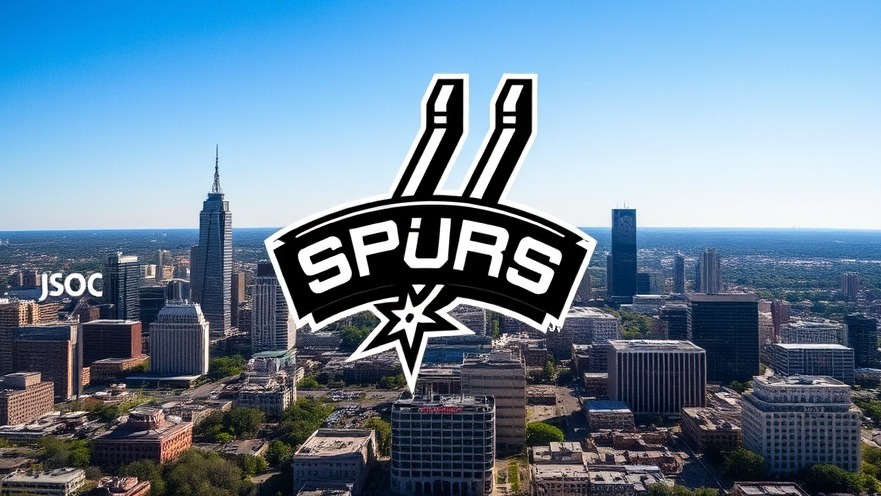
Understanding San Antonio’s New Funding Initiative for an NBA Arena
In a strategic move to bolster its downtown infrastructure, the San Antonio City Council has implemented a groundbreaking initiative aimed at funding a new arena for the Spurs. The recently passed Project Finance Zone (PFZ) represents a pivotal shift in how the city will utilize hotel-related state tax revenues. With an estimated cost of up to $1.5 billion for the arena, the PFZ aims to secure vital financial resources for not just the arena but also enhancements to existing facilities such as the Henry B. González Convention Center and the Alamodome.
What Does the Project Finance Zone Entail?
The PFZ is designed to allow San Antonio to capture a portion of state tax dollars generated from hotel occupancy, sales taxes, and mixed beverage taxes within a three-mile radius of the “Convention Center Complex.” This captures an annual revenue that would typically flow back to the state, instead redirecting it to local projects over a 30-year timeline. The total revenue expected from the PFZ could potentially reach close to $2 billion based on conservative estimates, with additional forecasts suggesting up to $2.5 billion for comprehensive development.
Prioritizing Community Benefits
One of the most profound aspects of this funding mechanism is its commitment to community development. Although the arena is a significant part of the initiative, city officials have emphasized that enhancements to the convention center will take precedence, with the Alamodome improvements rolling out thereafter. This public commitment underscores the city's dedication to ensuring that any generated revenue actively benefits the local populace and infrastructure.
The Role of Public Opinion in Funding Decisions
The decision to establish the PFZ comes as the city faces mixed feelings from its constituents regarding the use of public funds for sports facilities. As urban issues grow in complexity, discussions around the allocation of tax dollars often see a clash between supporters of the Spurs and those advocating for community-centric projects. The Spurs have been vocal in requesting this investment, and while city officials deny that pressure solely from the franchise influenced the decision, the arena undoubtedly serves as a significant draw for public interest.
Anticipating Future Developments
Looking beyond financing, San Antonio's new arena is expected to not only serve as a hub for sports events but also catalyze community engagement, tourism, and economic development in the region. As more developments unfold, local leaders and residents will be eager to see how the city balances the ambitious plan with tangible benefits to the community at large. Will it transform downtown San Antonio into a thriving hub, or will it heighten concerns about resource allocation?
Implications on Local Economy and Public Sentiment
The construction of a new NBA arena, financed in part by public funds, raises crucial questions regarding local economic impact and public sentiment. As community members grapple with their feelings about prioritizing a sports arena, other pressing urban issues such as education, housing, and public safety remain at the fore. Balancing these interests is critical for city leaders to ensure that San Antonio’s progress is holistic and equitable.
Call to Action: Get Involved and Stay Informed
As this initiative progresses, San Antonio residents are encouraged to stay engaged with city council meetings and community forums. Understanding how your local government is shaping the future of your city is vital in advocating for projects that reflect community priorities. Whether it’s about participating in discussions or voicing your opinions, every action counts!
 Add Element
Add Element  Add Row
Add Row 



 Add Row
Add Row  Add
Add 


Write A Comment